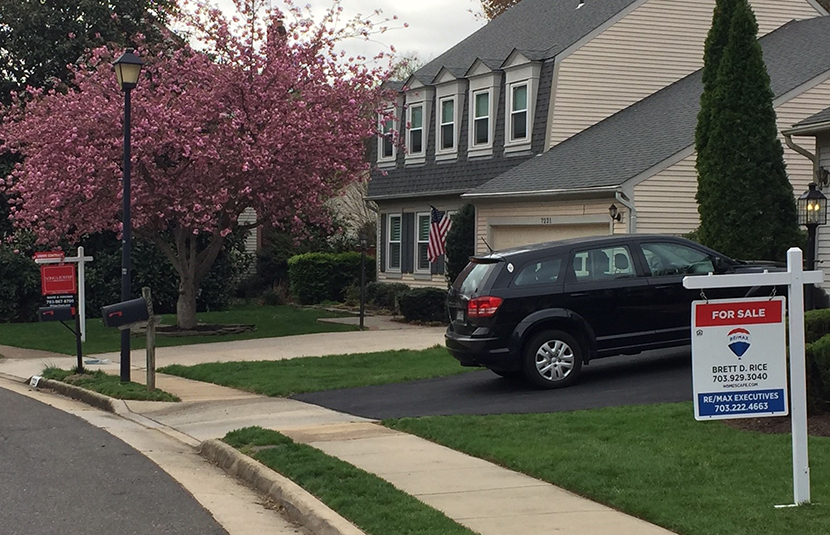
Lack of Supply Hinders Housing Market’s Full Potential

Despite the housing market’s show of strength this summer amid economic turmoil sparked by the coronavirus pandemic, it has yet to reach its full potential because of ongoing supply restraints, said First American Financial Corp., Santa Ana, Calif.
Ahead of this morning’s existing home sales report from the National Association of Realtors, the monthly First American Potential Home Sales Model for July reported potential existing home sales increased to a 5.59 million seasonally adjusted annualized rate, a 1.9 percent month-over-month increase. This represents a 61.3 percent increase from the market potential low point reached in February 1993.
The report said the market potential for existing-home sales increased 4.0 percent compared with a year ago, a gain of nearly 215,800 sales. However, current potential existing-home sales remains 17.7 percent below the pre-recession peak of market potential (which occurred in April 2006), at 1.21 million units.

First American Chief Economist Mark Fleming said the market for existing-home sales underperformed its potential by 1.0 percent, or an estimated 56,600 sales. The market performance gap increased by an estimated 16,000 sales between June and July.
“You can’t buy what’s not for sale,” Fleming said. “Record-low mortgage rates and millennials continuing to age into their prime home-buying years has boosted demand, but a lack of housing supply remains a challenge.”
This lack of supply is hindering what should be a stronger housing market, Fleming said. “With a July unemployment rate of 10.2 percent and roughly 30 million Americans claiming unemployment benefits, it’s clear that the domestic economy continues to feel the pain inflicted by the coronavirus pandemic. Yet the housing industry, at least for now, continues its impressive V-shaped rebound,” Fleming, said. “Weekly purchase applications have surpassed their levels from one year ago for 12 straight weeks as potential buyers respond to record low mortgage rates.”
Fleming noted household formation continued to grow in July, as millennials formed new households, increasing demand for housing. The report said rising household formation increased market potential by 289,160 potential home sales in July compared to last year. Additionally, house-buying power—how much home one can afford to buy given household income and the prevailing mortgage rate—increased by 15 percent since July 2019.
“As homeowners gain equity in their homes, they are more likely to consider using that equity to purchase a larger or more attractive home – the wealth effect,” Fleming said. “In today’s housing market, fast-rising demand against the limited supply of homes for sale has resulted in continued house price appreciation. Compared with one year ago, the growing wealth effect caused by house price appreciation increased housing market potential by nearly 105,000 potential home sales.”
However, several factors continue to work against the existing home market, Fleming said. Lenders have tightened credit standards, for one. “When lending standards are tight, fewer people can qualify for a mortgage to buy a home,” he said. “Likewise, when standards are loose, more people can qualify for a mortgage and buy a home. In July, credit tightened compared with last year, which reduced housing market potential by nearly 295,000 potential home sales.”
Second, home tenure length continues to rise, increasing by 4.2 percent in July from a year ago. The increase in tenure length had a negative impact on housing market potential, reducing it by 163,000 potential home sales compared with one year ago,” Fleming third. “Overall, tenure length has been increasing since the aftermath of the housing market crash, meaning fewer and fewer people are listing their homes for sale, keeping housing supply tight and restraining potential sales.”
Third, and most importantly, more housing supply is needed. “The lack of inventory for sale and the fear of not being able to find something to buy keeps many existing homeowners from selling their homes, further preventing inventory for sale from reaching the market,” Fleming said. “Home builders don’t have this fear and are a critical source of inventory for sale when existing homeowners are not. Home builders have accelerated construction since hitting a low point in April, but more building is needed to bridge the gap between supply and demand. Compared with last year, the lack of new home supply reduced housing market potential by 2,100 potential home sales.”
